As an Amazon Associate, I earn from qualifying purchases. In addition, I participate in several other affiliate programs that allow me to earn while I recommend products I love.
When it comes to baking cookies, there’s one ingredient that plays a crucial role in creating that perfect texture: baking powder.
In this blog post, we’ll explore the significance of baking powder in cookie recipes.
From acting as a leavening agent to creating a light and fluffy texture, we’ll uncover the secrets of why baking powder is an essential ingredient that transforms cookies into irresistible treats, including the role of baking powder in cookies and answering the question, “what does baking powder do in a cookie recipe?”
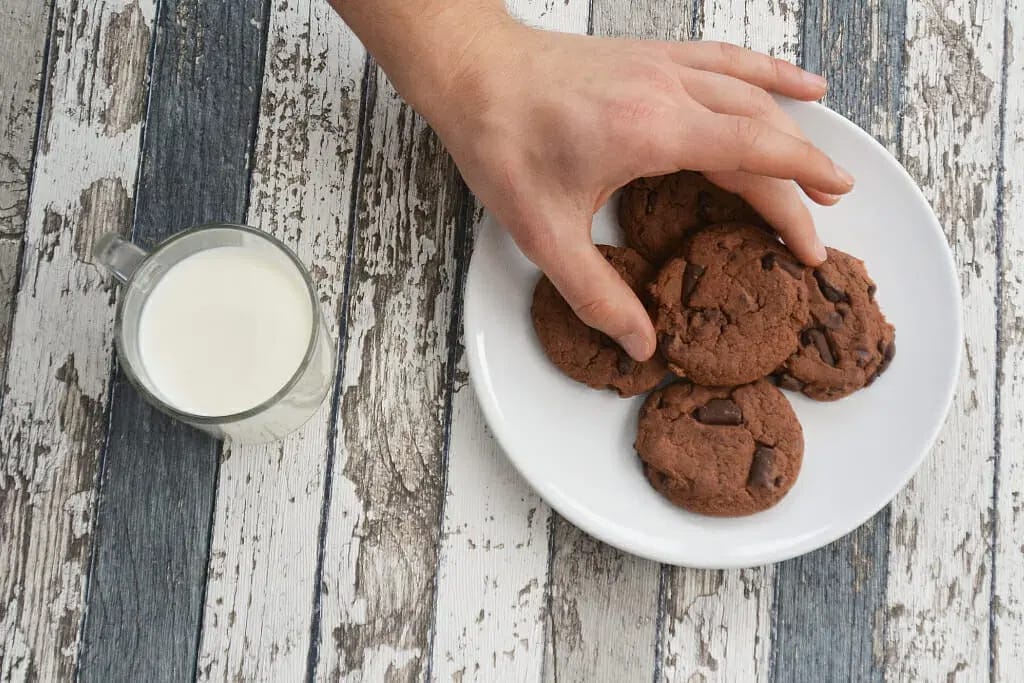
The Function of Baking Powder in Cookies
What does baking powder do to a cookie?
Baking powder serves multiple important functions in creating delightful cookies.
Let’s dive deeper into each aspect.

1. Acting as a Leavening Agent
So why use baking powder in cookies?
At its core, baking powder is a leavening agent.
It brings life to your cookies by releasing carbon dioxide gas, which causes the dough to rise and expand during baking.
This reaction occurs due to the chemical composition of baking powder, which typically includes an acidic ingredient (such as cream of tartar) and a base (such as baking soda).
When combined with moisture and heat, these components react to produce carbon dioxide bubbles, creating air pockets that give your cookies a light and airy texture.
2. Creating a Light and Fluffy Texture
The leavening action of baking powder contributes to the overall texture of cookies.
As the carbon dioxide gas is released and air bubbles expand within the dough, it helps create a tender and delicate texture.
The incorporation of air during the mixing process, coupled with the trapped carbon dioxide bubbles, results in cookies that are light, fluffy, and pleasing to bite into.
3. Contributing to the Spread and Rise of Cookies
Baking powder plays a crucial role in controlling the spread and rise of cookies.
The quantity of baking powder used, along with other ingredients, helps determine the extent to which the cookies spread during baking.
The presence of baking powder helps balance the dough’s composition, allowing the cookies to rise adequately without becoming excessively dense or flat.
By carefully adjusting the amount of baking powder, you can achieve the desired balance between thickness, height, and overall spread of your cookies.
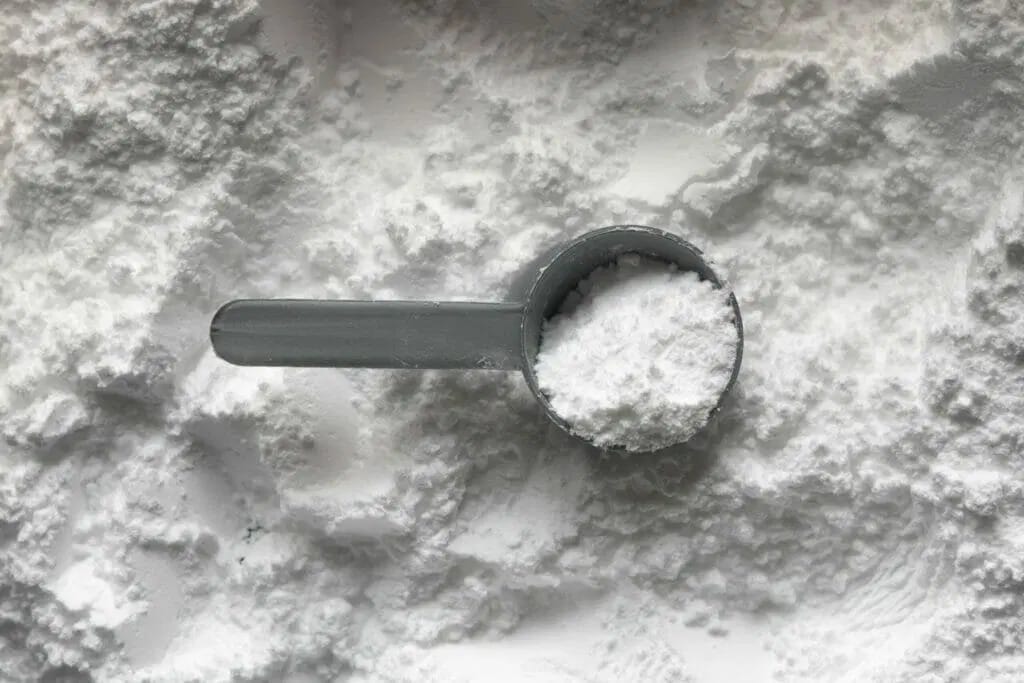
Choosing the Right Type and Quantity of Baking Powder
When using baking powder in your cookie recipes and understanding the purpose of baking powder in cookies, it’s essential to understand the different types and how to determine the appropriate amount.
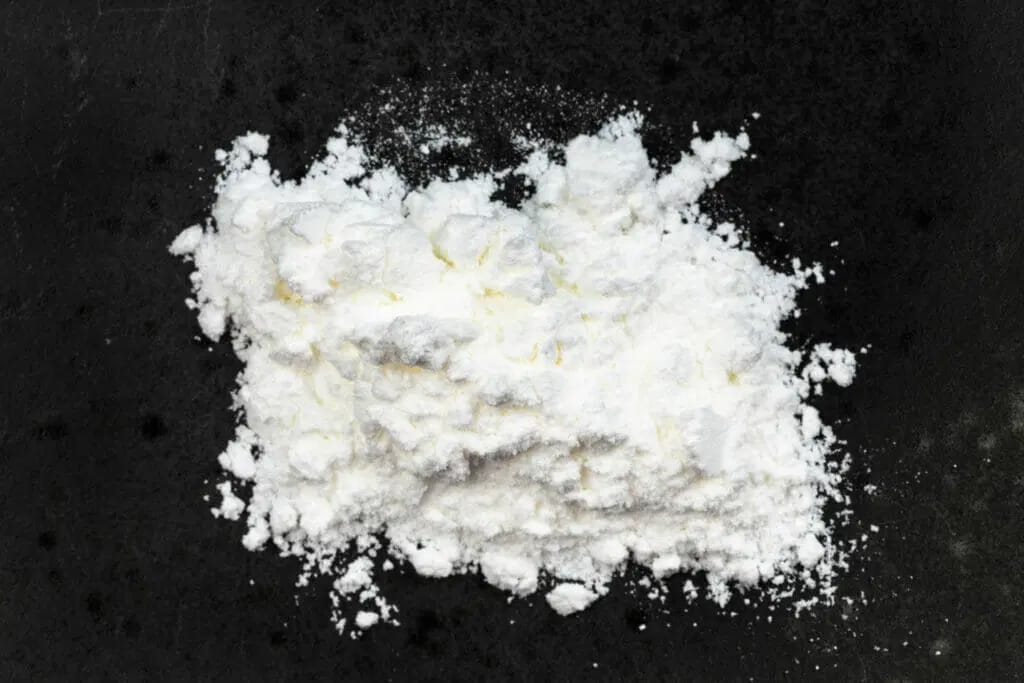
Distinction between Single-Acting and Double-Acting Baking Powder
Single-acting baking powder reacts and releases gas immediately when it comes into contact with moisture.
Double-acting baking powder, on the other hand, releases gas in two stages: first when it becomes moist and second when exposed to heat during baking.
Double-acting baking powder is more commonly used in recipes as it provides a reliable and consistent rise.
Guidelines for Determining the Correct Amount
Recipe guidelines typically specify the amount of baking powder needed.
However, as a general rule of thumb, a teaspoon of baking powder is recommended for every cup of flour.
It’s crucial to follow the recipe’s instructions to ensure the proper leavening and rise of your cookies.
Ensuring Freshness for Optimal Leavening Power
Baking powder has a limited shelf life, so it’s important to use fresh, unexpired powder for optimal leavening power.
To test its freshness, you can perform a simple test by adding a teaspoon of baking powder to a small amount of hot water.
If it bubbles vigorously, it is still active and ready to be used.

The Importance of Proper Measurement and Incorporation
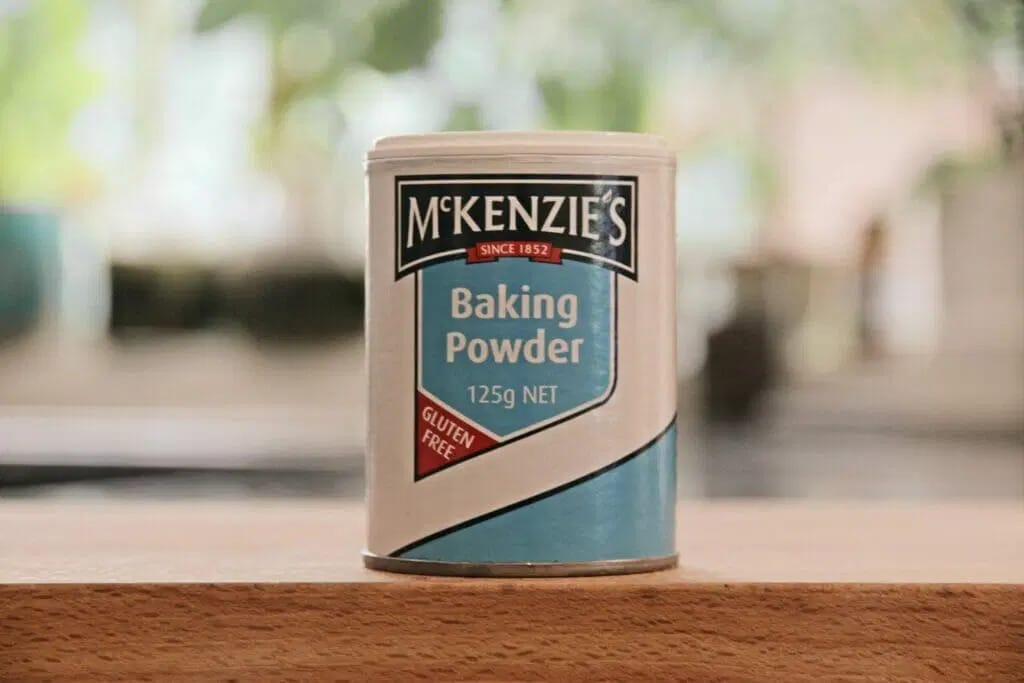
To maximize the effectiveness of baking powder in your cookies, it’s crucial to pay attention to measurement and incorporation:
Accurate Measuring of Baking Powder:
Use proper measuring techniques, such as leveling off the measuring spoon, to ensure accurate amounts of baking powder.
Adding too little or too much can affect the cookies’ texture and rise.
Combining with Dry Ingredients for Even Distribution
Sift the baking powder along with other dry ingredients to ensure even distribution throughout the dough.
This helps prevent uneven rising or pockets of concentrated leavening.
Avoiding Overmixing to Prevent Loss of Leavening Power
Overmixing the dough can lead to the loss of carbon dioxide bubbles and result in cookies that are dense or tough.
Mix the dough just until the ingredients are incorporated to preserve the desired texture.
Baking Powder Substitutes and Alternatives
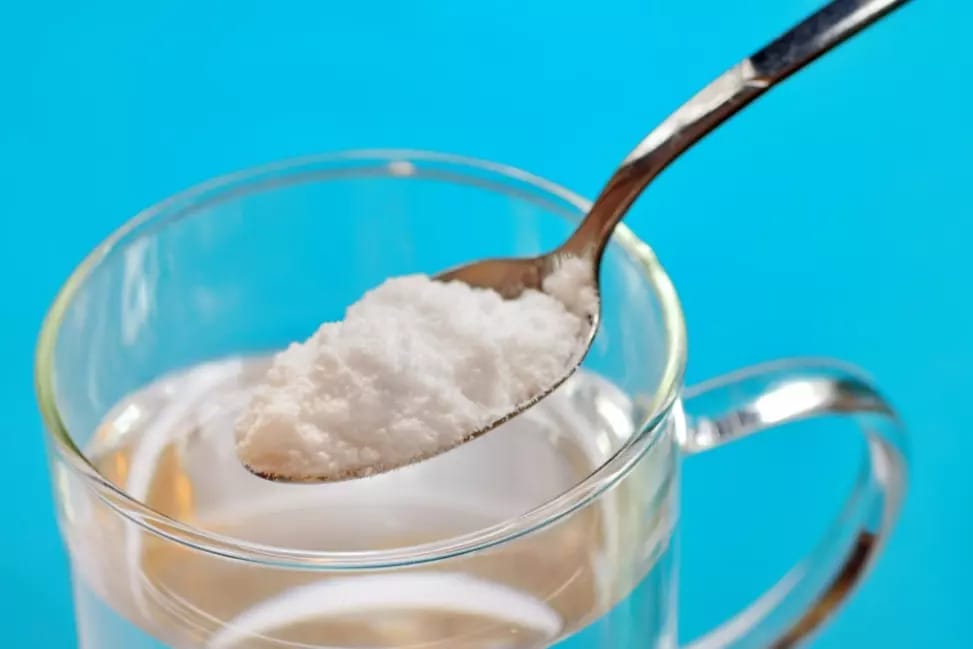
Do cookies need baking powder?
While baking powder is a commonly used leavening agent, there are alternatives available for specific circumstances.
Baking Soda as a Substitute
Baking soda can be used as a substitute for baking powder in certain recipes, but it requires the presence of an acidic ingredient in the recipe to activate it.
It’s important to follow specific guidelines to achieve the desired results.
Combination of Acidic Ingredients
In recipes where baking soda is used instead of baking powder, combining acidic ingredients such as lemon juice, vinegar, or buttermilk can provide the necessary acidity to activate the baking soda and create the desired leavening effect.
Understanding the Potential Effects on Flavor and Texture
When substituting or altering the leavening agents in a recipe, it’s important to consider the potential effects on the flavor and texture of the cookies.
These changes can vary, so experimentation may be needed to achieve the desired results.
Tips for Using Baking Powder in Cookies
Here are some helpful tips to make the most of baking powder in your cookie baking adventures:
Sift Dry Ingredients for Proper Mixing
Sifting the baking powder along with other dry ingredients helps distribute it evenly, ensuring consistent leavening throughout the dough.
Add Baking Powder at the Appropriate Stage
Add baking powder to the dough at the specified stage in the recipe.
This ensures it is evenly incorporated and has sufficient time to react and release carbon dioxide during baking.
Adjust Quantities for Desired Cookie Characteristics
Depending on your preference for thickness, height, and spread of cookies, you can experiment with adjusting the amount of baking powder slightly.
However, it’s essential to strike the right balance to achieve the desired cookie characteristics.
Want to know more cookie science? Check out these guides!
